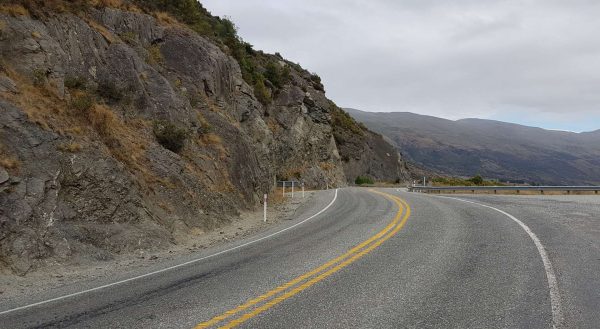Dashed or broken white centre line
A dashed or broken white line indicates lanes of a road where there are no overtaking restrictions and the road is not considered to have any unusual or dangerous features.
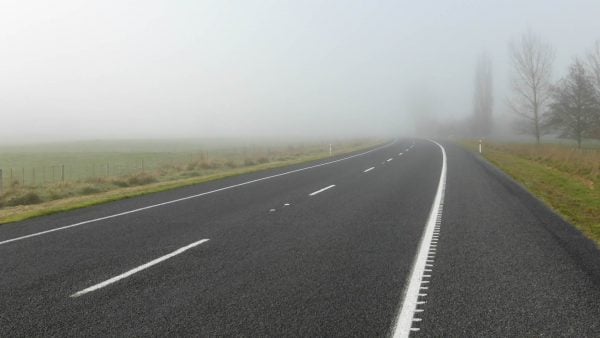
On standard roads these lines are 100mm wide, 3m long and have a 7m gap between them.
Where the lines are used to show one lane splitting into two, such as where a passing lane starts, the line length is 1m and the gap is 1m until the lane is fully formed.
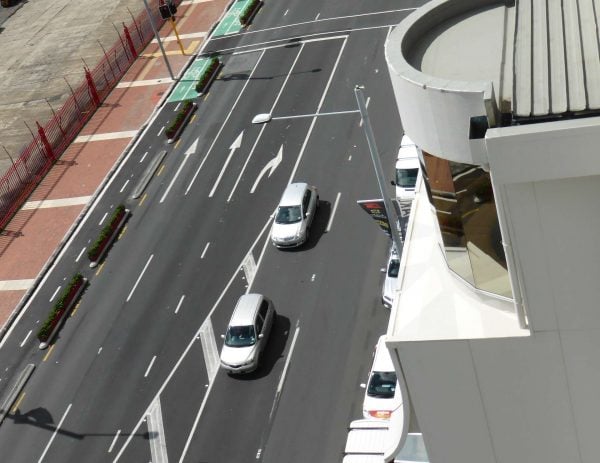
Where markings indicate that a raised traffic island or median is about to start, they are 150mm wide.
Solid white centre line
A solid white line has the same legal standing as a dashed white line, but it warns motorists that conditions might be more challenging (e.g. the road is narrow or has restricted visibility) or there is a hazard ahead such as a pedestrian crossing, an intersection or a sharp curve.
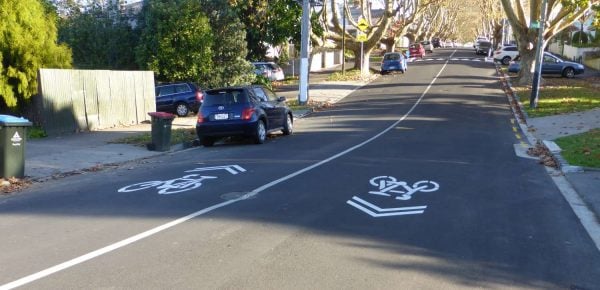
Solid centre lines before curves usually extend for 30-50m whereas before intersections they usually extend for 15m.
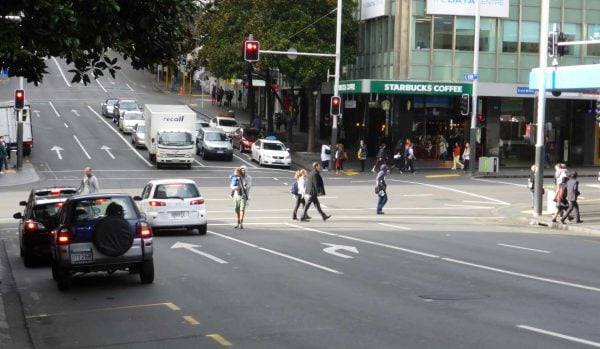
You are allowed to cross a solid white line, but you should take extra care as the line is there as a warning.
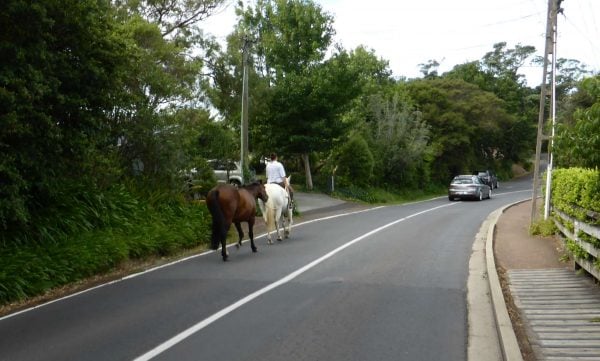
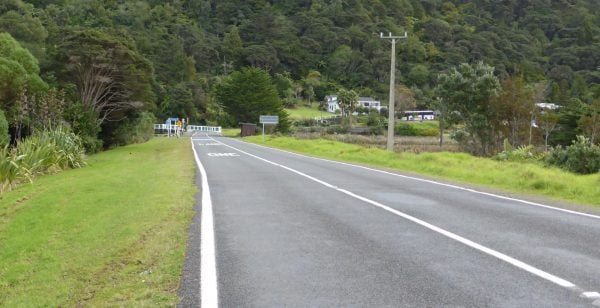
Intersections are sometimes marked with a solid white line. The Road Code says you are not permitted to overtake at an intersection. There are some exceptions to this in section 2.7 of the Land Transport (Road User) Rule 2004.
Solid white lines are also used to mark the edge of the road.
Dashed or broken yellow line
Broken yellow lines are painted just before a solid yellow line. If they are on your side of the centre of the road, you need to heed them. They are also called no-overtaking advance warning lines and they indicate to drivers who are overtaking that they should move back to the left. To drivers who are following another vehicle, they indicate that now is not the right time to overtake as a solid yellow line is coming up.
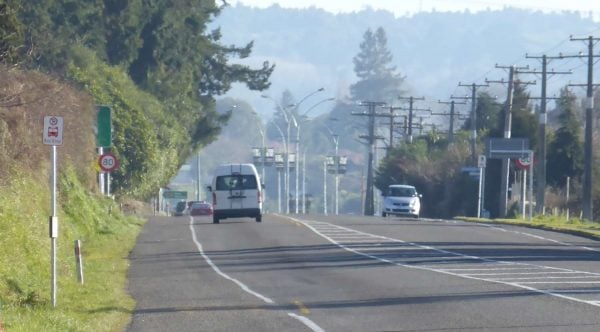
The stripe width is 100mm and its length is 13m with a 7m gap. On rural roads, 5 stripes are given before a solid yellow line is painted. On an urban road, 3 stripes are given before a solid yellow line is painted.
Broken yellow lines are also used on the edge of the road to indicate no parking/stopping.
Solid yellow line
Motorists must not cross a solid yellow line if it is on their side of the centre of the road. Solid yellow lines, also called no-overtaking lines, indicate that there is restricted visibility or another danger. You may still overtake another vehicle, as long as you can keep your wheels to the left of the yellow line.
These lines are often used on rural where there is restricted visibility less than 330m ahead and the distance of the restriction extends more than 80m on. The markings start either 80m before the area of reduced visibility (if it is longer than 160m) or from 80m back from where the motorist would regain normal visibility.
On urban roads, the length of restricted visibility must exceed 30m and the minimum length of the line is 30m.
The minimum length of a no-overtaking line is 80m on rural roads.
Can you cross a yellow no-passing line to pass a parked car?
Clause 2.3(3) in the Land Transport (Road User) Rule 2004 says that you can cross the no-passing line if it’s impractical not to do so because of the size of your vehicle or load, or the other vehicle is creating an obstruction. So, as long as it’s safe to do so, you can cross over that yellow centre line to get by another vehicle that’s parked.
Can you cross a yellow no-passing line to turn into a driveway?
Yes, you can turn right across a yellow no-passing line, but bear in mind that they are painted where visibility is poor, so take care.
Double lines
There may be two lines present, for example, two parallel solid yellow lines or a solid yellow line and a broken white line. The lines are spaced 100mm apart.
